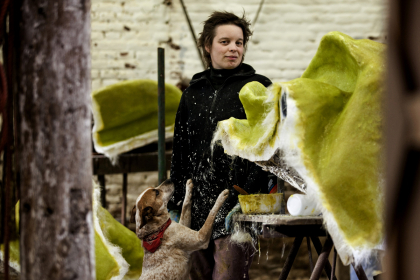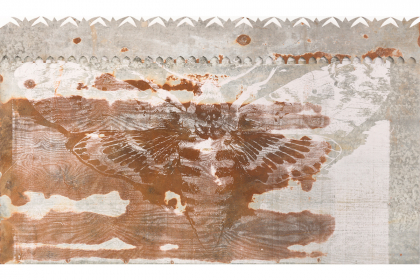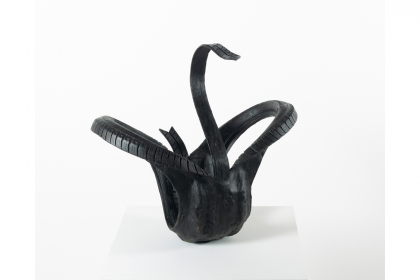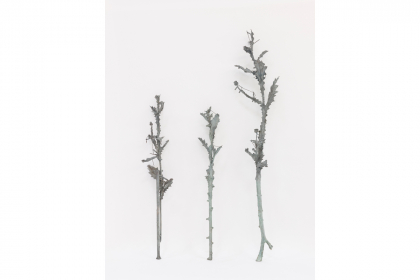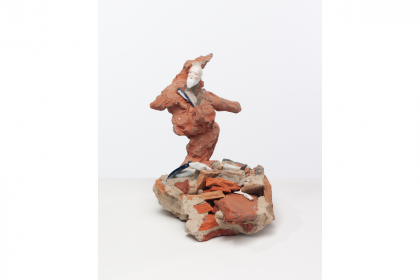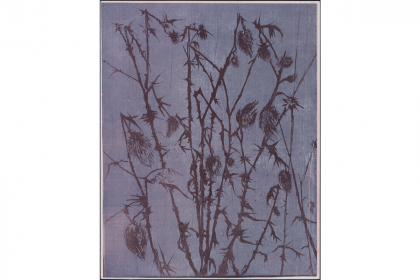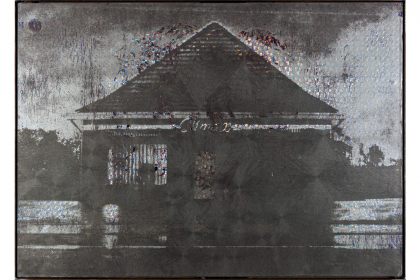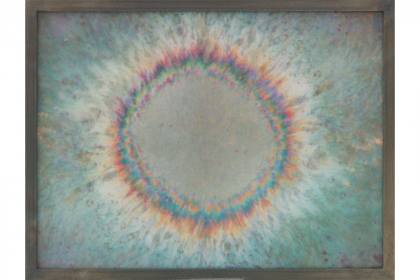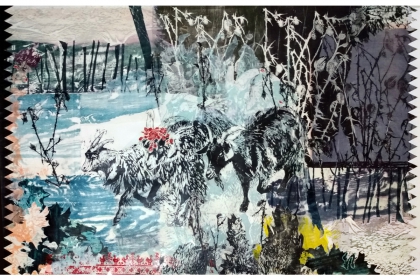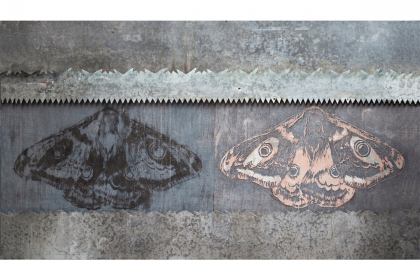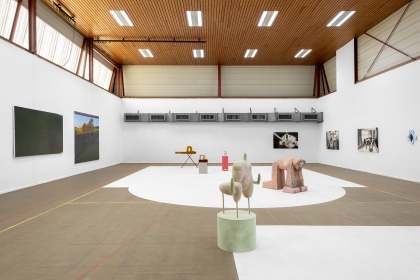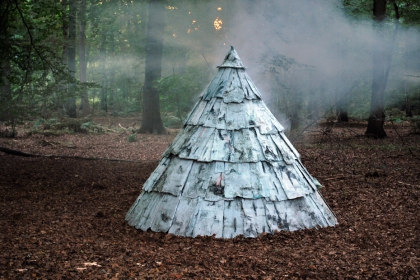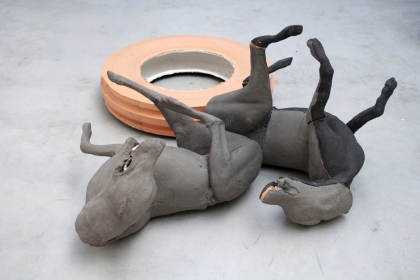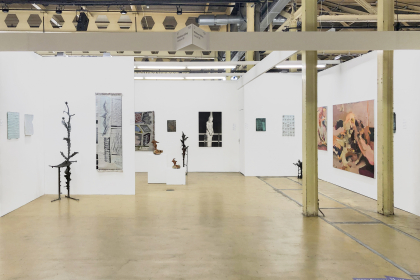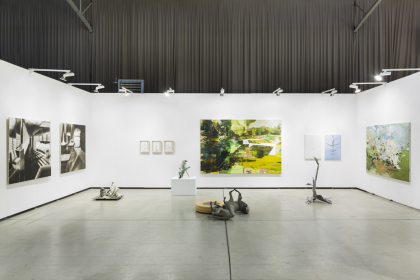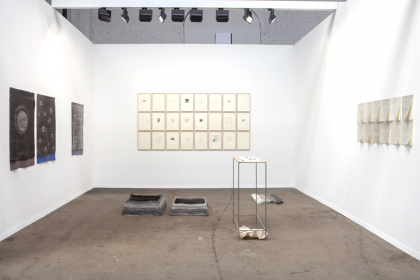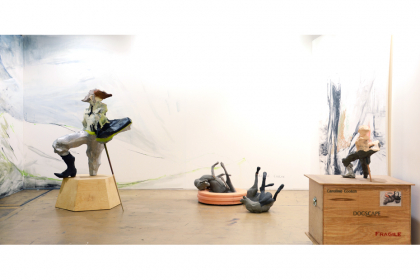Caroline Coolen (°1975, Neerpelt)
Lives & works in Sint-Truiden (BE)
Medium: sculpture, drawing
Video: Jan Weynants
Caroline Coolen studied sculpture at the Royal Academy of Fine Arts and the Higher Institute of Fine Arts in Antwerp. She regularly exhibits nationally and internationally. In addition to her autonomous sculptures, installations and drawings, she also has work in the public space. In 2010, she produced her first publication RAW, on the occasion of the Provincial Prize for the Visual Arts in Antwerp. She lends her colourful and vivid imagination to the images that she perceives as striking. Dogs, trees and travel experiences acquire hallucinatory beauty through distortion or magnification. The strength of her work lies not only in its surprising and disarming themes. The translation of this into burlesque and colourful expressionist forms, through a deliberate mix of everyday materials, underpins the manipulation of thought that serves as a starting point. Or, how the banal triggers ideas about renewed forms.
Caroline Coolen has been gripped by the notion of synchronicity or simultaneity, ever since she discovered the sculpture of Umberto Boccioni. In an attempt to capture speed, space and time, Boccioni developed unprecedented sculptures. The rapid changes in the period before the First World War led to the use of collage, montage, assemblage and free association in the arts. Using these techniques and methods, artists endeavoured to get a grip on reality. Coolen also associates and encapsulates a multiplicity of everyday impressions in her sculptures: typically, her relationship with nature, landscape and animals. She strives to compress an overall impression of the outside world – or Umwelt as Coolen calls it – into her art. Always beginning with a model, she creates a conglomerate from very diverse materials. This profound integration connects space and time, the sphere within which humans, animals or plants are placed. Caroline Coolen’s work simulates a broad spectrum of our senses, with varied textures and different materials she binds the visual to the tactile.
Stef Van Bellingen, Vormidable, 2015

